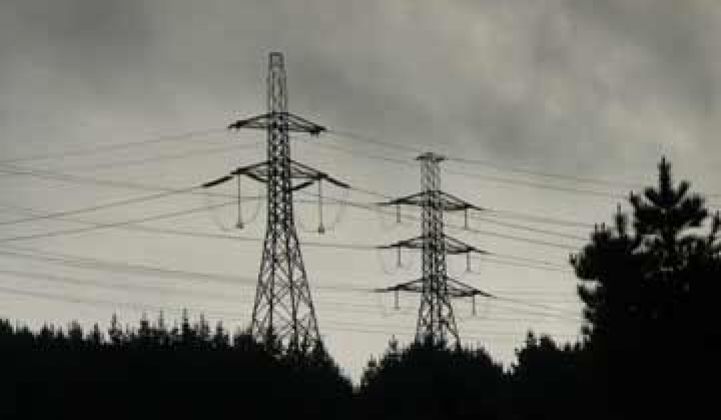Comverge is often viewed as a second fiddle compared to EnerNOC when it comes to megawatts controlled and rate of acquisitions. But the demand response company is happy to let its competitor have it out with regulators at PJM Interconnection, who are questioning whether demand response companies are counting “negawatts” correctly or are overcharging their customers.
At the Jefferies Securities Clean Tech Conference in New York City, Dan Pfeffer, VP of Investor Relations for Comverge, said that they were staying out of it, although they had gone through their own books to see if they might be drawn into the fray.
Comverge, which manages about 3,500 megawatts overall, gets about 25 percent of its business from PJM. Pfeffer said that if the rules were changed, it could affect about 5 percent of their business at most. However, he didn’t think that the issue was as overblown as it seems in recent reports.
EnerNOC has painted the issue as one where companies are being underpaid for the megawatts shed, while PJM asserts that it doesn’t want to pay for negawatts it didn’t ask for. For its part, EnerNOC says it played by the rules and that the accounting needs to be straightened out. If a third party curtailed power, it should be paid.
Pfeffer, however, described it as an issue of overlap in payment when a company is delivering DR services through a DR provider but also directly with PJM. PJM has been monitoring the double accounting issue since last April.
Comverge wasn’t flippant about the issue, but it surely wasn’t riled up -- and it wasn’t taking sides. The company has a third of its megawatts in the residential space and stands to win more as Pennsylvania’s Act 129 requires a portion of peak load to be shaved -- and much of it in the residential space.
In this case, playing second fiddle could be a quiet win for the Comverge.
Demand Response

Comverge Takes Backseat in Demand Response Counting Debate
As PJM and EnerNOC point fingers, Comverge flies under the radar.

Comverge Takes Backseat in Demand Response Counting Debate
-
41Where Will DOE’s Loan Program Make the Next Climate Tech Investments?
-
15What the Frack Is Happening With Natural Gas Prices?
-
9With an Energy Crisis Brewing, No Peak in Sight for Emissions


